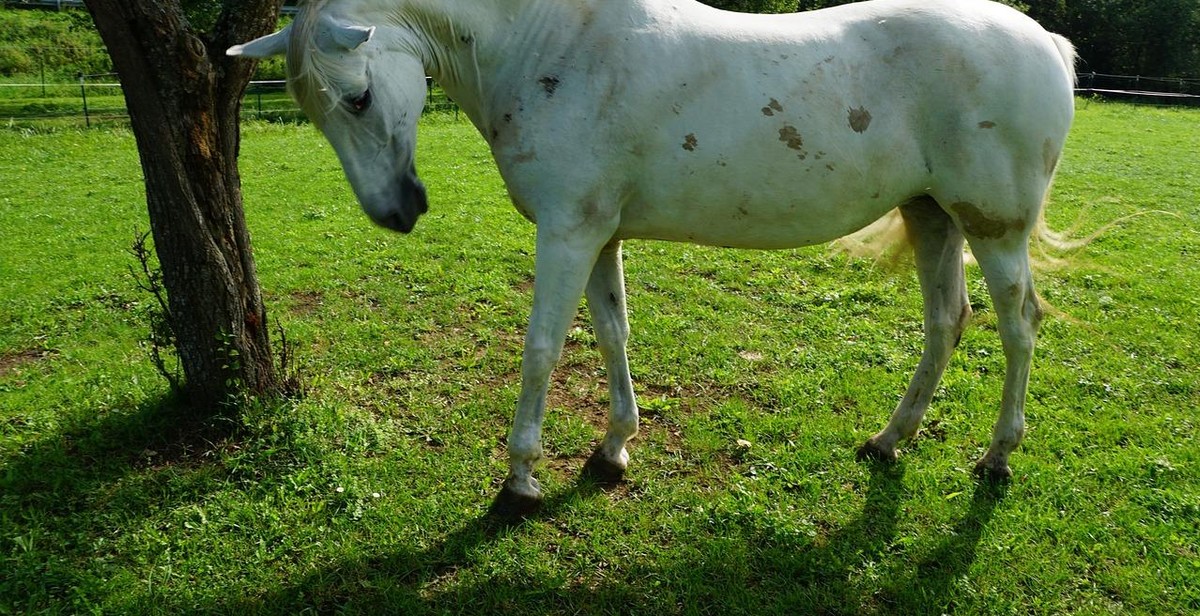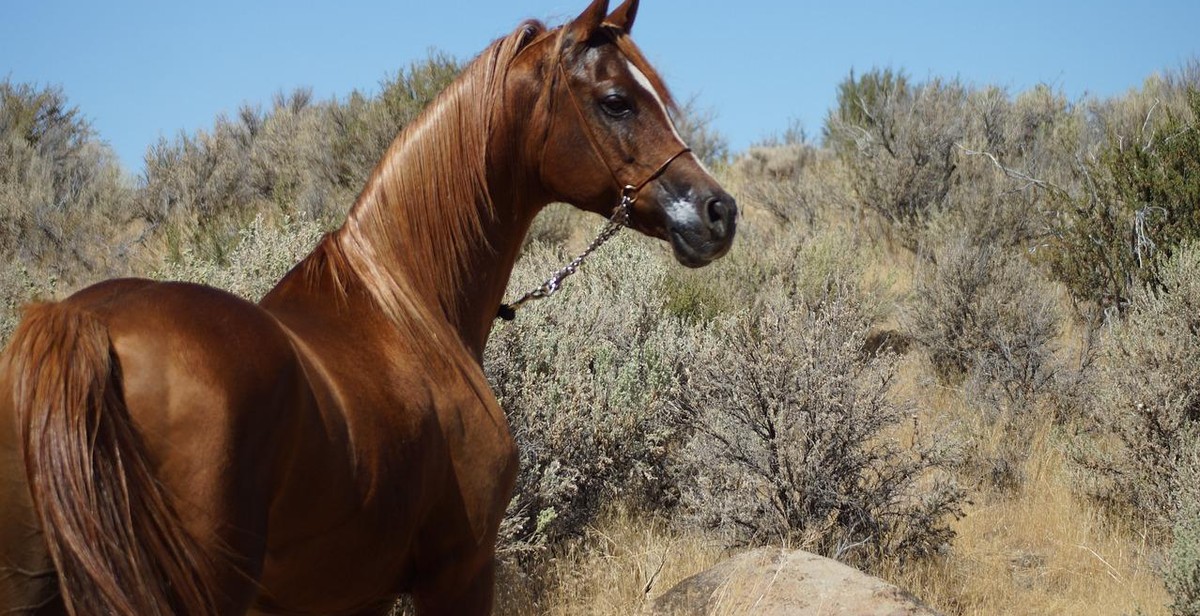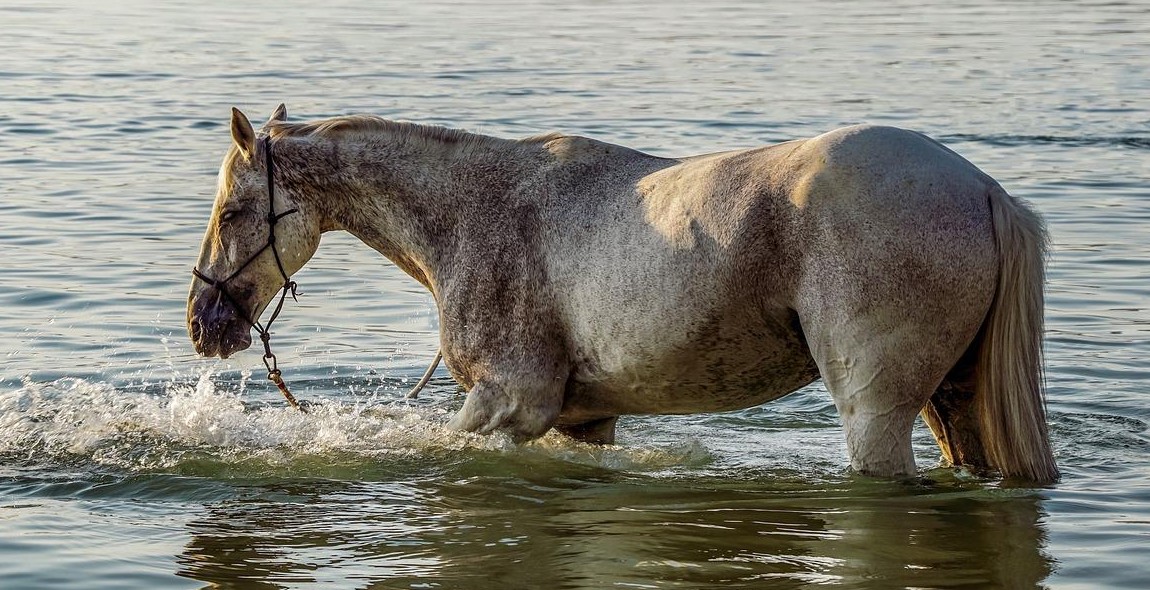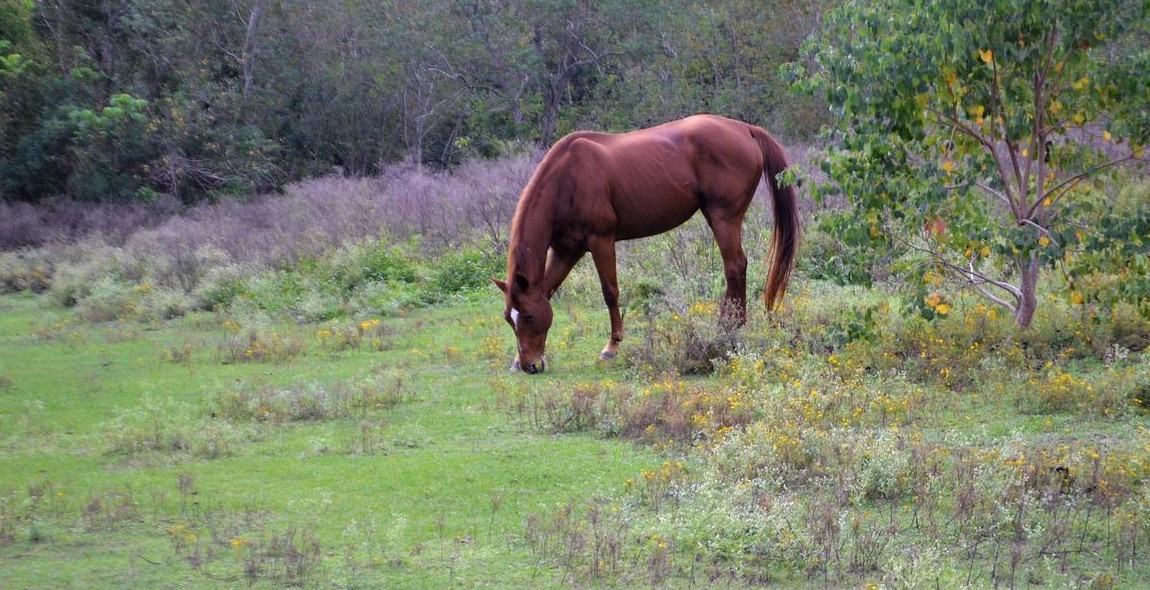How to Groom a Horse: Proper Brushing, Bathing, and Mane Care
Grooming a horse is an essential part of horse care that involves cleaning and maintaining the horse’s coat, mane, tail, and hooves. Proper grooming not only keeps the horse looking good but also promotes good health and well-being. As a professional article writer and content creator with years of experience in horse care, I have learned the importance of grooming and have developed effective techniques to ensure that my horses are healthy and happy.
Why Grooming is Important?
Grooming a horse is important for several reasons. First, it helps to keep the horse’s coat clean and healthy, which in turn helps to prevent skin infections and irritations. Second, grooming helps to distribute natural oils throughout the horse’s coat, which makes it shiny and healthy-looking. Third, regular grooming helps to detect any lumps, bumps, cuts, or injuries that may require attention.
Proper Brushing Techniques
Brushing is an essential part of grooming a horse. It helps to remove dirt, dust, and loose hair from the coat, as well as stimulate blood flow and distribute natural oils. To properly brush a horse, start by using a curry comb to loosen dirt and hair, then use a stiff-bristled brush to remove it. Finish with a soft-bristled brush to smooth the coat and add shine.
Bathing a Horse
Bathing a horse is not always necessary but can be done occasionally to keep the coat clean and shiny. When bathing a horse, use a mild shampoo and warm water, and avoid getting water in the horse’s ears and eyes. Rinse thoroughly and dry the horse with a clean towel or sweat scraper.
Mane Care
Mane care is another important aspect of grooming a horse. To maintain a healthy and beautiful mane, regularly comb it with a wide-toothed comb to remove tangles and knots. Avoid using harsh chemicals or products that may damage the hair.
Overall, proper grooming is essential for maintaining a healthy and happy horse. By following these effective techniques, you can ensure that your horse looks and feels his best.

Why Grooming is Important
Grooming is an essential part of caring for your horse. It involves brushing, bathing, and mane care, and it is crucial for maintaining your horse’s overall health and well-being.
Removes Dirt and Debris
Grooming helps to remove dirt, dust, and debris from your horse’s coat, which can cause irritation and discomfort. Regular brushing also helps to distribute natural oils throughout your horse’s coat, keeping it healthy and shiny.
Prevents Skin Conditions
Regular grooming can help prevent skin conditions such as rain rot and sweet itch. By removing dirt and debris, you can prevent the buildup of bacteria and fungi that can lead to these conditions.
Improves Circulation
Grooming can also improve your horse’s circulation. Brushing helps to stimulate blood flow to the skin, which can help keep your horse’s muscles and tissues healthy.
Bonding Experience
Grooming is also a great way to bond with your horse. Spending time grooming your horse can help build trust and strengthen your relationship.
Early Detection of Health Issues
Grooming can also help you detect health issues early on. By regularly checking your horse’s coat, skin, and hooves, you can catch any potential problems before they become more serious.
Overall, grooming is an essential part of caring for your horse. By regularly brushing, bathing, and caring for your horse’s mane, you can help keep your horse healthy, happy, and looking their best.
Tools Needed for Grooming
Grooming a horse requires a few essential tools to ensure that the horse stays healthy and comfortable. Here are the tools that you will need:
Curry Comb
A curry comb is a circular brush with rubber teeth that is used to remove dirt, mud, and loose hair from the horse’s coat. It is essential for loosening up any dirt or debris that may be stuck in the horse’s coat, making it easier to brush out with a body brush. The curry comb should be used in a circular motion, starting at the neck and working your way down the horse’s body.
Body Brush
A body brush is a soft-bristled brush that is used to remove any remaining dirt or debris from the horse’s coat. It is also used to smooth out the coat and distribute natural oils, leaving the horse with a shiny and healthy-looking coat. The body brush should be used in long, sweeping motions, starting at the neck and working your way down the horse’s body.
Mane Comb
A mane comb is a small comb with narrow teeth that is used to detangle and groom the horse’s mane and tail. It is important to keep the horse’s mane and tail free of tangles and knots to prevent any discomfort or pain for the horse. The mane comb should be used gently, starting at the bottom of the mane or tail and working your way up.
Hoof Pick
A hoof pick is a tool used to clean out the horse’s hooves. It is essential to keep the hooves clean and free of debris to prevent any infections or discomfort for the horse. The hoof pick should be used gently, picking out any dirt or debris from the grooves of the hoof.
Sponge
A sponge is used to clean the horse’s face and sensitive areas, such as the eyes, nose, and ears. It is important to keep these areas clean to prevent any infections or discomfort for the horse. The sponge should be dampened with water and used gently to clean these areas.
With these tools, you will be able to properly groom your horse and keep them healthy and comfortable.

Brushing the Horse
Brushing your horse is an essential part of grooming and ensures that your horse’s coat remains healthy and shiny. To brush your horse, you will need a curry comb, body brush, and a mane and tail comb.
Curry Comb
The curry comb is the first brush you should use on your horse. It is a circular brush with rubber or plastic teeth that help loosen dirt, dust, and hair from your horse’s coat. Use the curry comb in a circular motion, applying gentle pressure. Start at the neck and work your way down the horse’s body, making sure to cover all areas thoroughly. Be careful not to use too much pressure, as this can cause discomfort to your horse.
Body Brush
After using the curry comb, use a body brush to remove any dirt or debris that has been loosened. The body brush has soft bristles that will not irritate your horse’s skin. Use long, sweeping motions from the neck to the tail, brushing in the direction of the hair growth. Be sure to brush the legs, belly, and other hard-to-reach areas.
Mane and Tail
The mane and tail can be brushed with either a body brush or a specialized mane and tail comb. Before brushing, apply a detangler spray to make it easier to remove knots and tangles. Start at the bottom of the mane or tail and work your way up, using a gentle pulling motion to remove any knots. Be patient and take your time, so you don’t cause any discomfort to your horse.
| Tool | Use |
|---|---|
| Curry Comb | Loosens dirt, dust, and hair from the coat |
| Body Brush | Removes dirt and debris from the coat |
| Mane and Tail Comb | Removes knots and tangles from the mane and tail |

Bathing the Horse
Bathing a horse is an essential part of their grooming routine. Before starting, make sure that you have all the necessary equipment and supplies ready. You will need a hose with a spray nozzle, a bucket, a sponge, a mild horse shampoo, and a sweat scraper.
Preparation
Before bathing your horse, brush out any tangles or mats in their coat. This will make it easier to wash and prevent any further tangling while bathing. Also, make sure to remove any dirt or debris from the hooves.
Washing
Start by wetting the horse’s coat with the hose and then apply the shampoo. Work the shampoo into a lather using the sponge, and make sure to avoid the horse’s eyes and ears. Rinse thoroughly with the hose, making sure to remove all the shampoo from the coat.
If your horse has any stubborn stains, you can use a whitening shampoo or spot remover to help lift the stain. However, be careful not to use any harsh chemicals that could irritate your horse’s skin.
Tip:
- Make sure to use warm water when bathing your horse, especially during colder months.
- Use a sweat scraper to remove excess water from the coat. This will help the horse dry faster and prevent them from getting too cold.
- For horses with sensitive skin, use a hypoallergenic shampoo or one recommended by your veterinarian.
Drying
After bathing, use a sweat scraper to remove excess water from the coat. Then, use a clean towel to dry the horse’s face, legs, and other sensitive areas. Allow the rest of the coat to air dry naturally, or use a cooler or fan to help speed up the drying process.
Remember, it’s important to make sure that your horse is completely dry before turning them out or putting on a blanket. Wet hair can trap heat and cause your horse to become too warm, which can lead to health problems.

Mane Care: Combing, Braiding, and Trimming
Proper mane care is essential for keeping your horse looking clean and healthy. Here are some tips to help you groom your horse’s mane:
Combing
Combing your horse’s mane regularly is important for preventing tangles and matting. Use a wide-toothed comb or a mane and tail brush to gently work through any knots or snarls. Start at the bottom of the mane and work your way up, using short, gentle strokes to avoid pulling on the hair.
Braiding
Braiding your horse’s mane can help keep it clean and neat, especially if you plan to show your horse. Use small, even sections of hair and braid tightly, taking care to keep each braid the same size. You can also use rubber bands or thread to secure the ends of each braid.
Trimming
Trimming your horse’s mane can give it a more polished look, but be careful not to take off too much hair. Use sharp scissors or clippers to trim the ends of the mane evenly, taking care to avoid any uneven or jagged cuts.
- Use a comb or brush to separate the section of mane you want to trim
- Trim the hair slowly and carefully, taking small sections at a time
- Check your progress often to make sure the length is even
- Trim the hair at an angle to create a natural look
With these tips, you can keep your horse’s mane looking healthy and well-groomed. Remember to be gentle and patient when brushing or braiding, and take care when trimming to avoid any accidents.
Conclusion
Grooming your horse is an essential part of maintaining its health and well-being. Regular brushing, bathing, and mane care not only keep your horse looking its best, but also prevent skin irritations and infections.
When brushing your horse, always start with a soft-bristled brush and work your way up to stiffer brushes. Be sure to pay special attention to sensitive areas such as the face and underside of the legs.
Bathing your horse should be done only when necessary, using a gentle shampoo and warm water. Avoid getting water in the ears and eyes, and make sure to thoroughly rinse off all soap residue.
Proper mane care involves regular trimming and detangling, as well as using a conditioning spray to keep the hair soft and manageable.
Remember, grooming is not only important for your horse’s physical health, but also for the bond between you and your equine companion. Take the time to groom your horse regularly and enjoy the benefits of a happy and healthy horse.
- Regular grooming prevents skin irritations and infections.
- Start with a soft-bristled brush and work your way up to stiffer brushes.
- Bathing should be done only when necessary, using a gentle shampoo and warm water.
- Proper mane care involves regular trimming and detangling, as well as using a conditioning spray.
- Grooming is important for the bond between you and your horse.
| Pros | Cons |
|---|---|
| Improved horse health and appearance | Time-consuming process |
| Bonding experience with your horse | Requires proper equipment and supplies |
| Prevents skin irritations and infections | Can be physically demanding |
